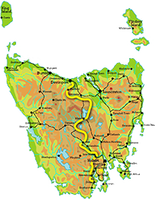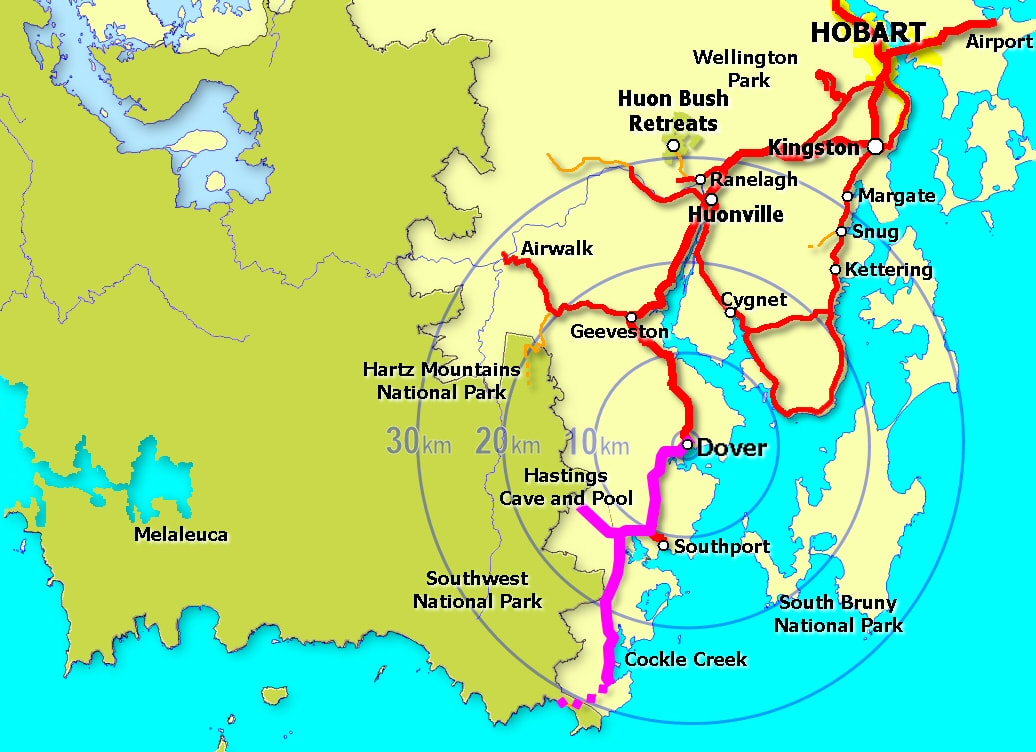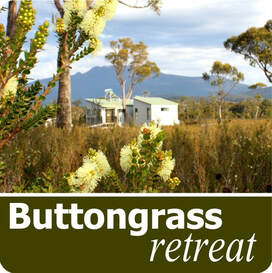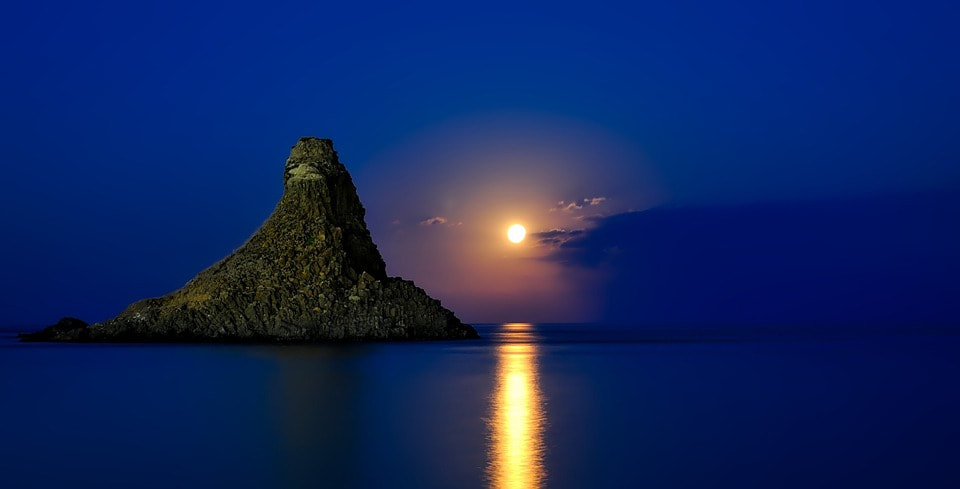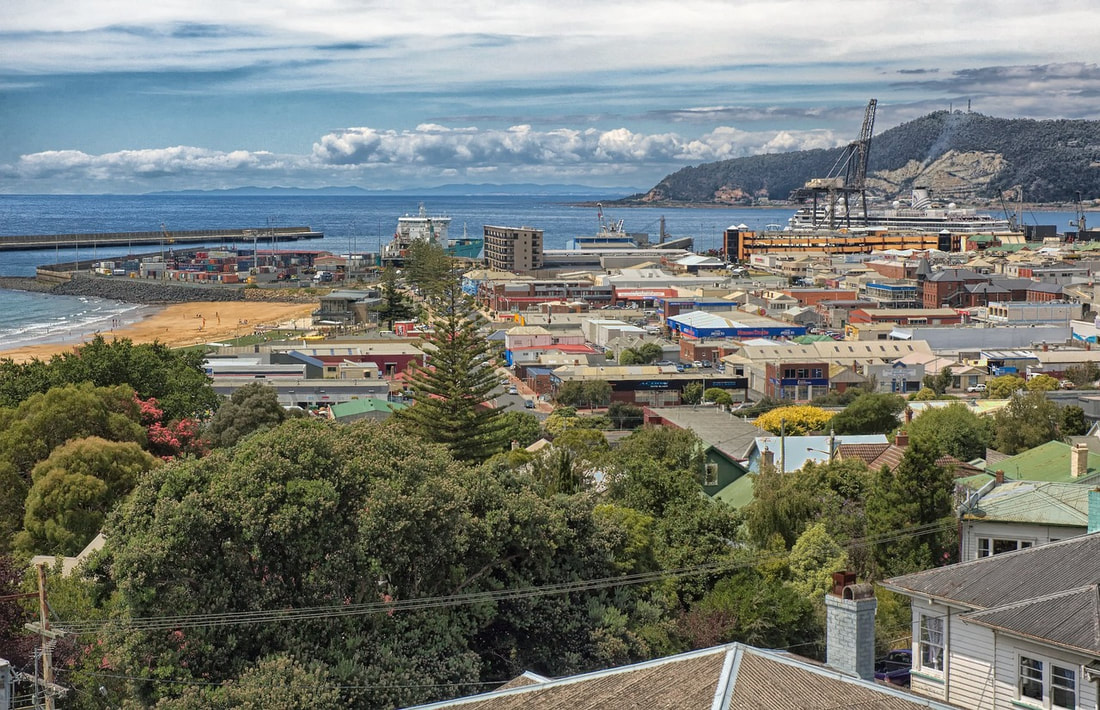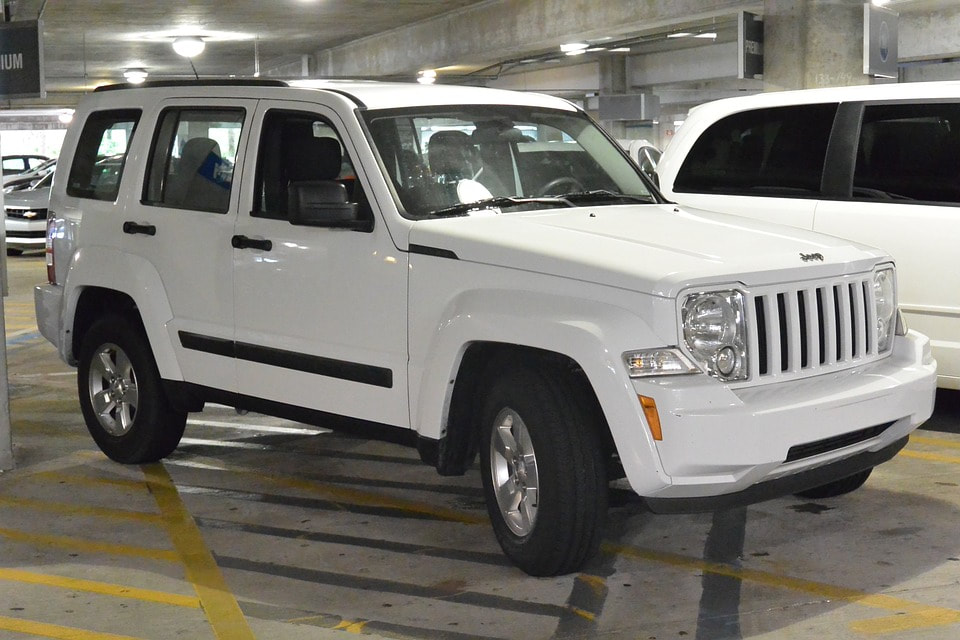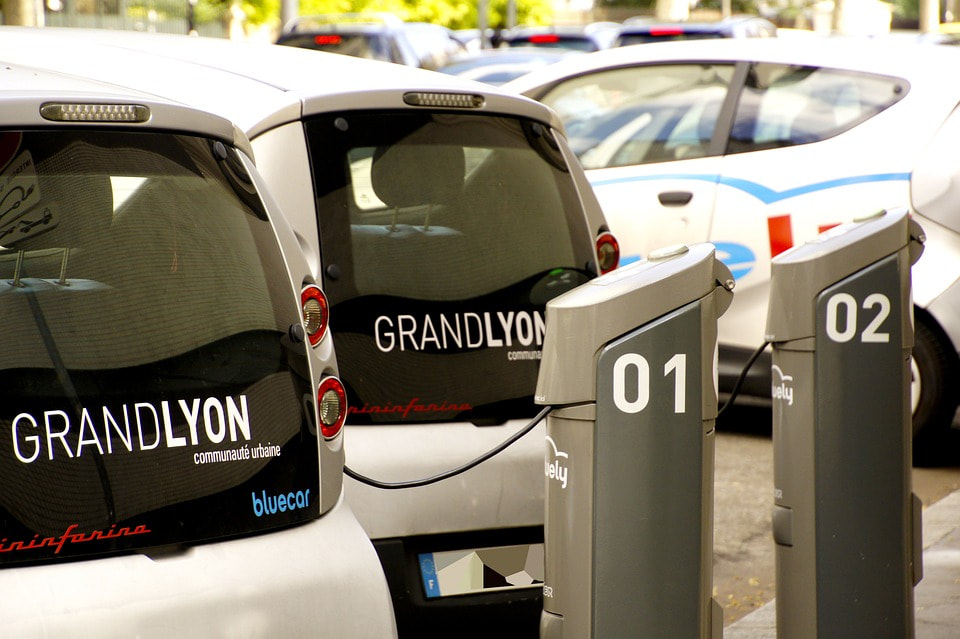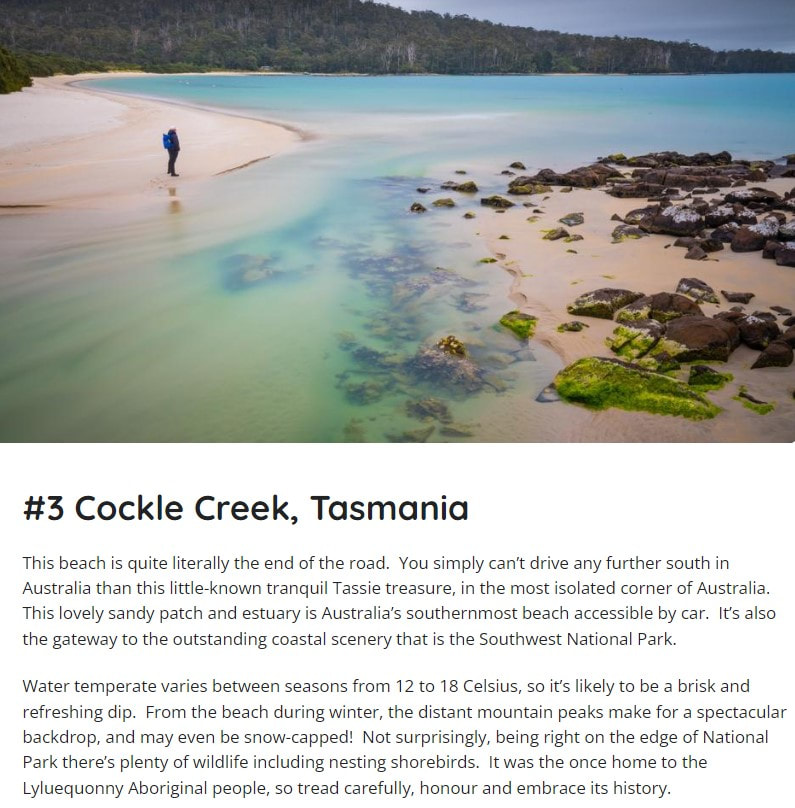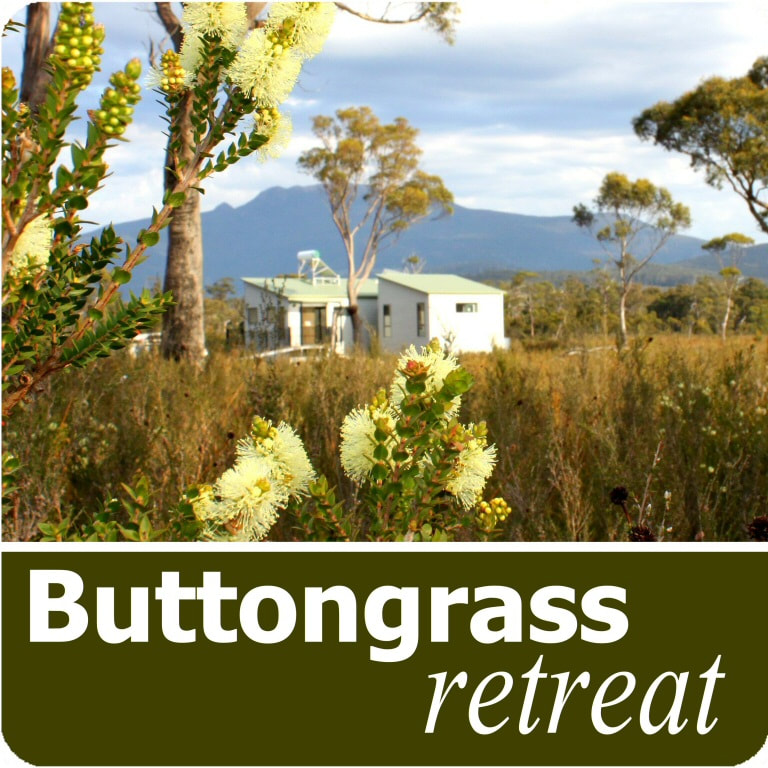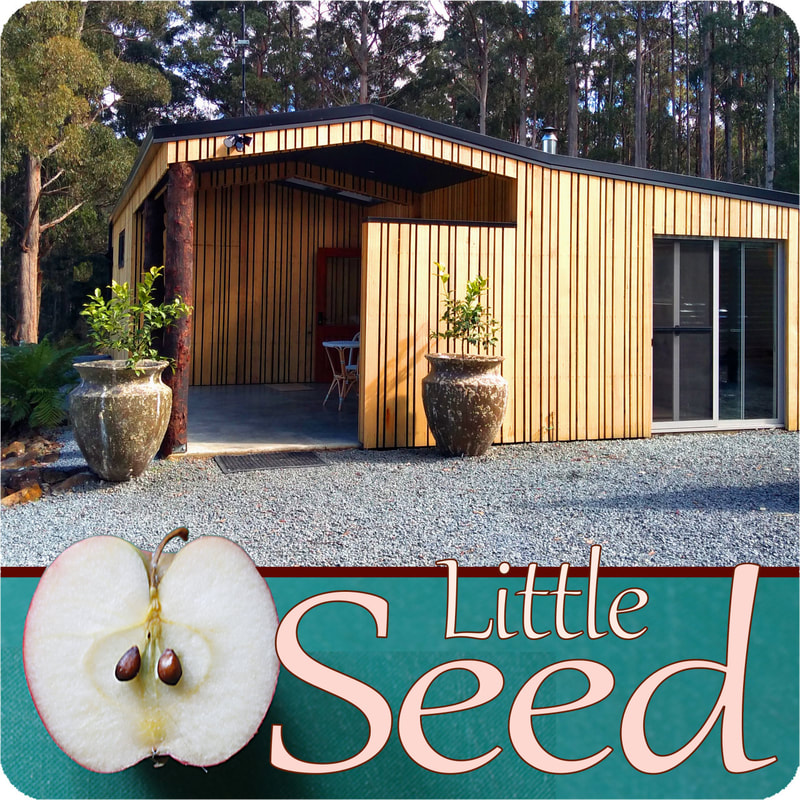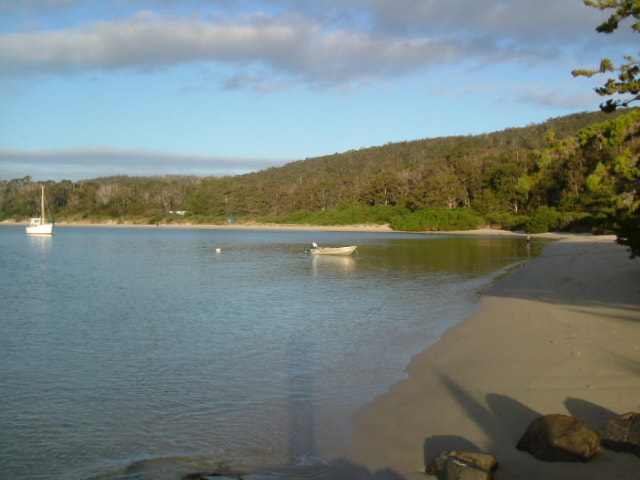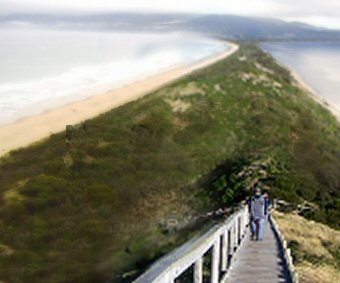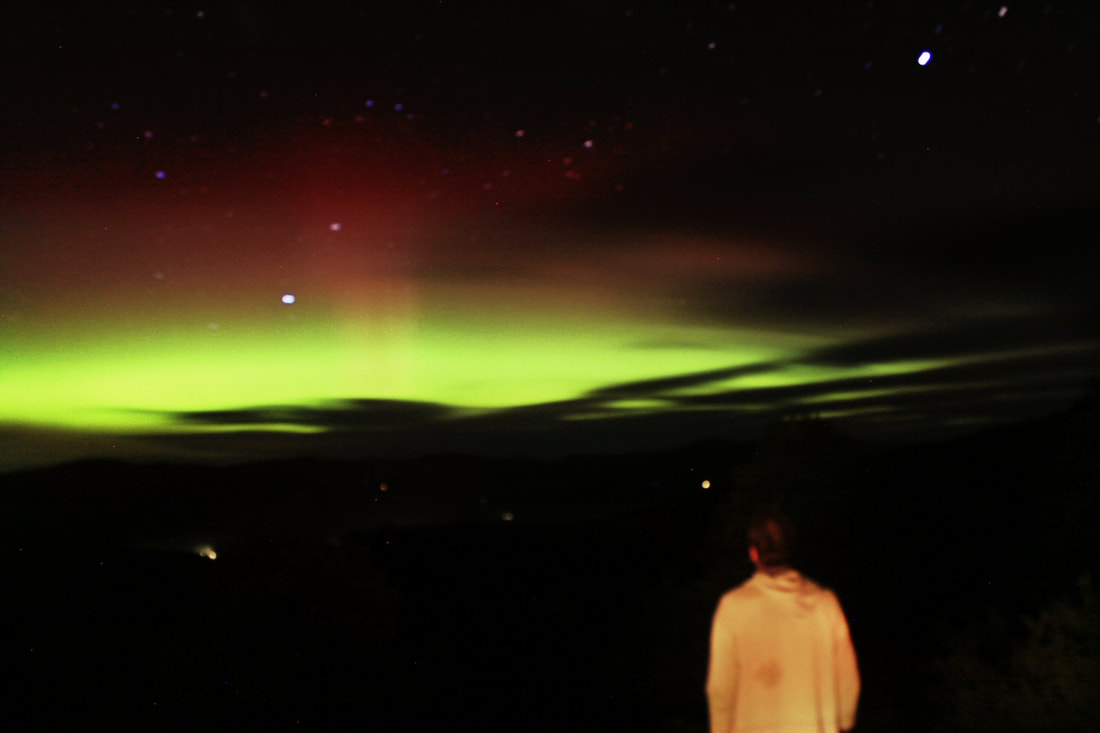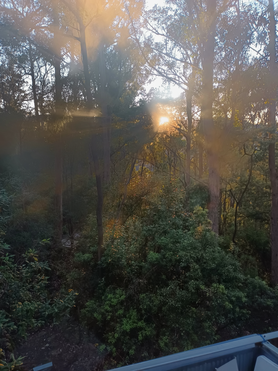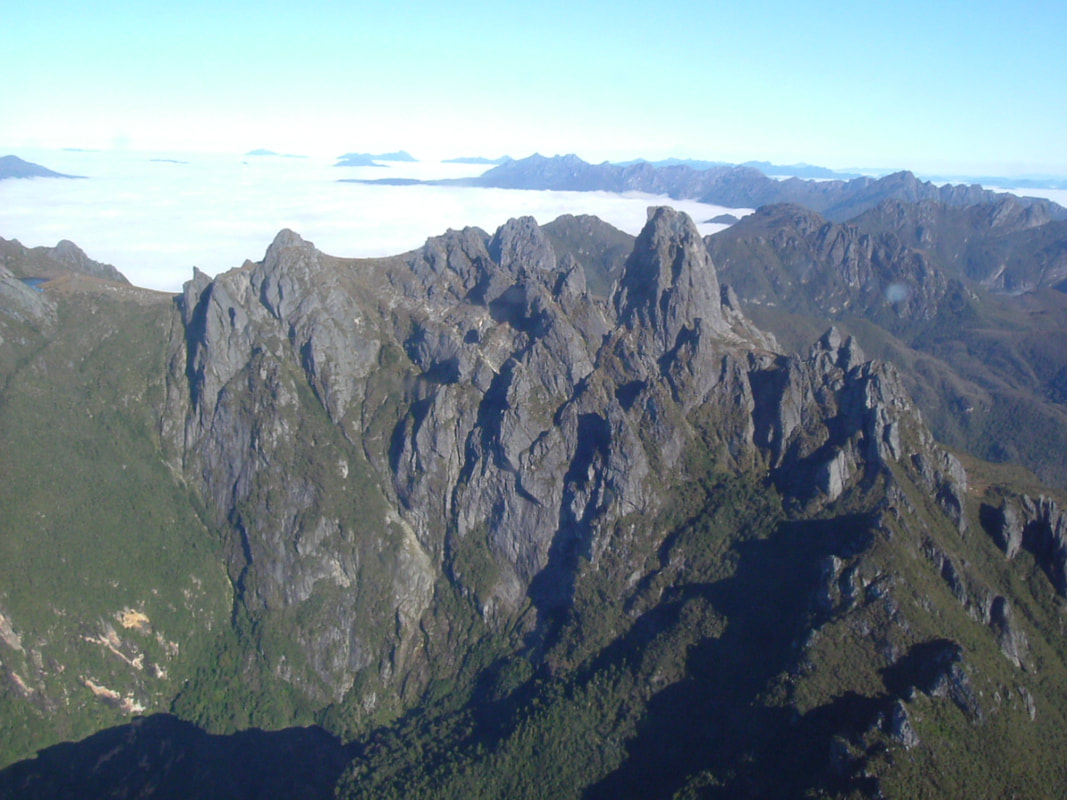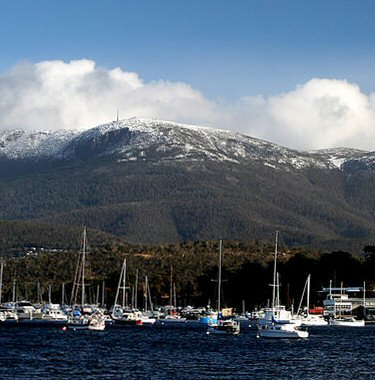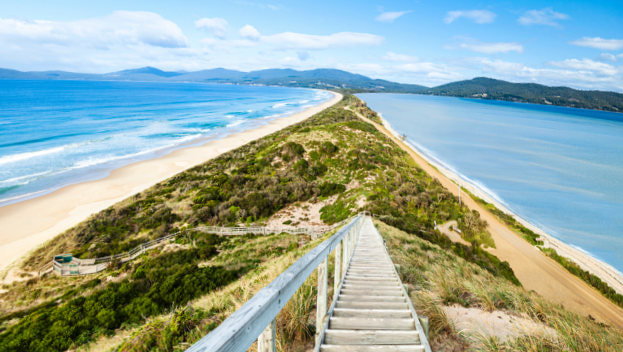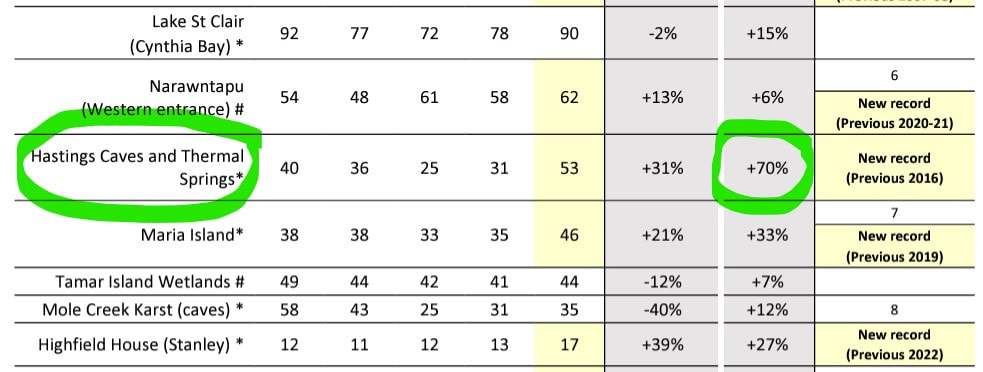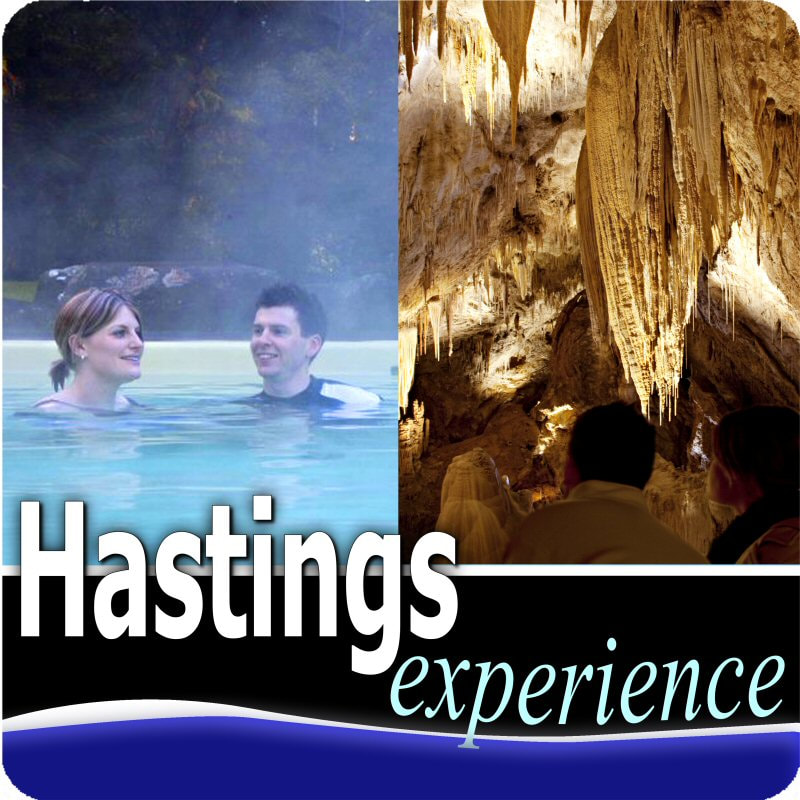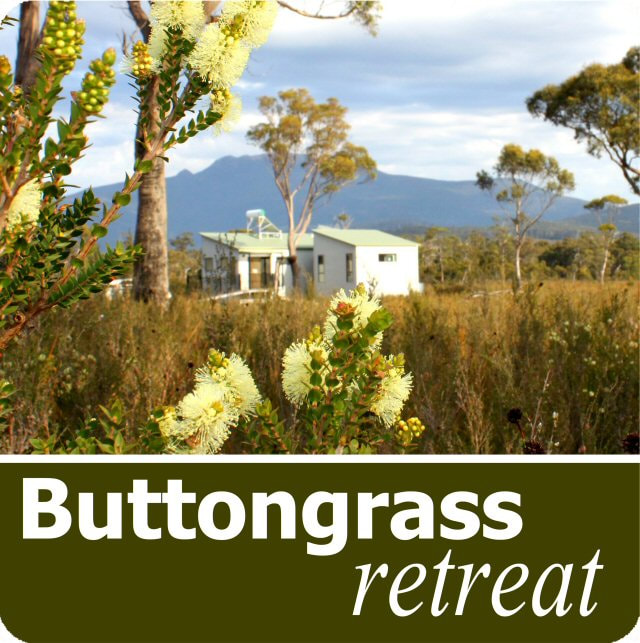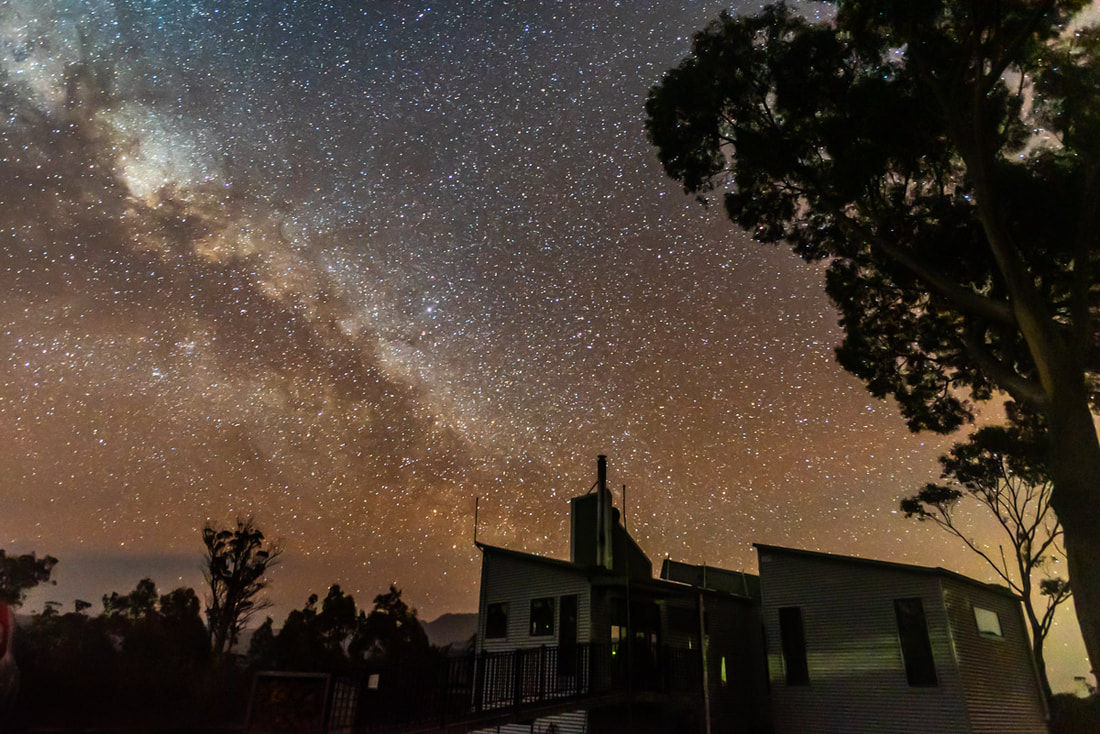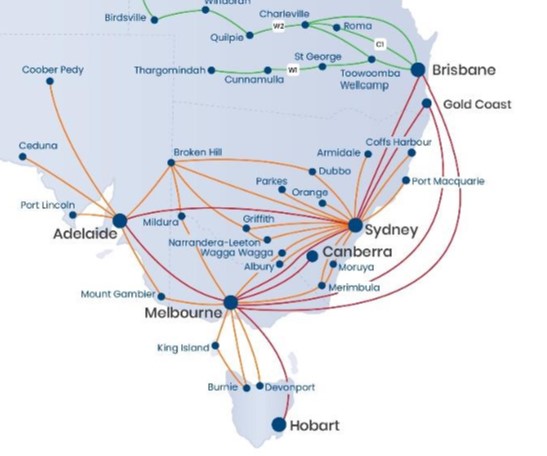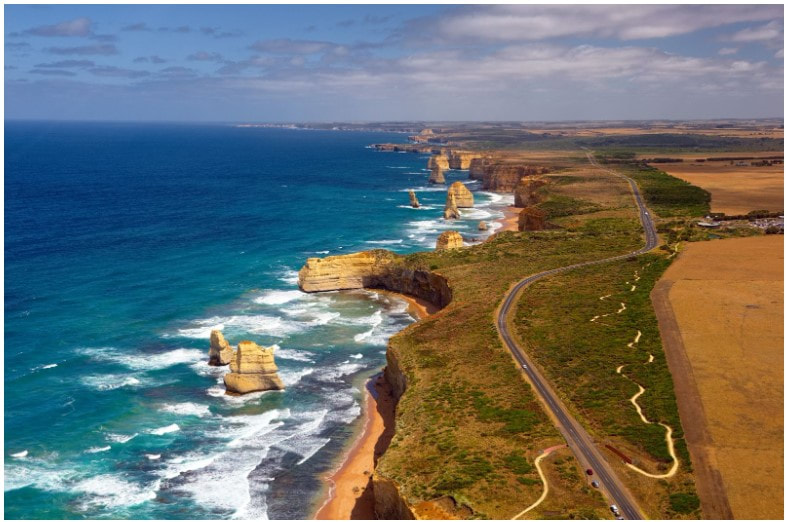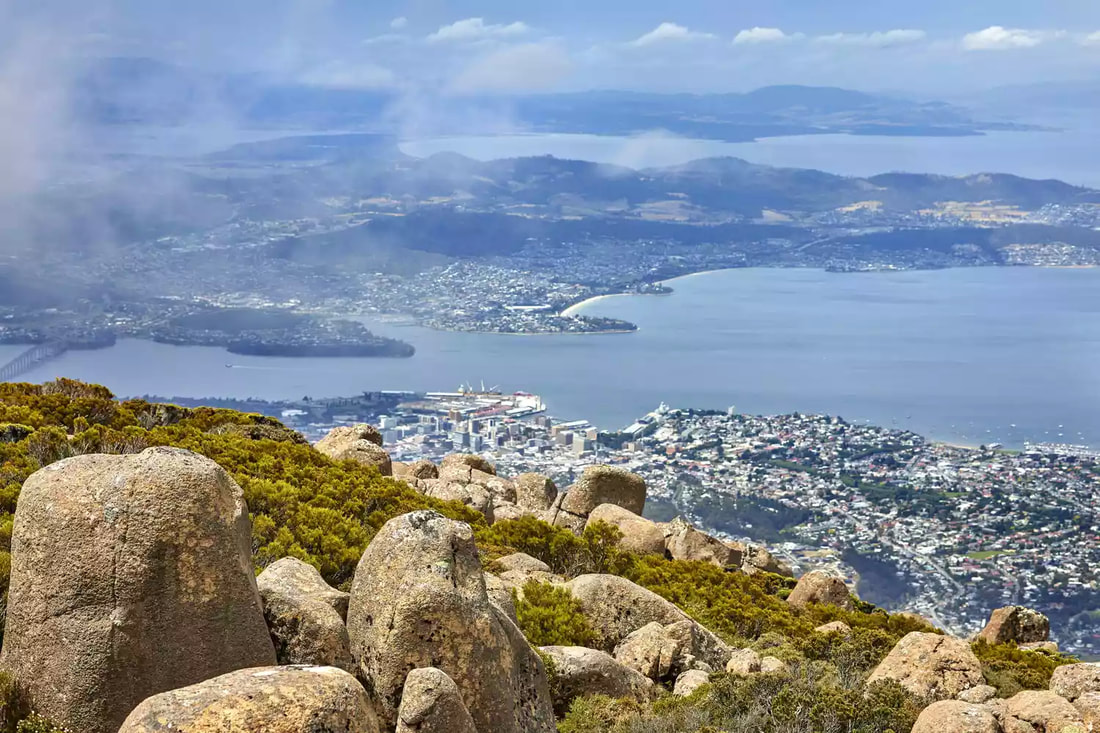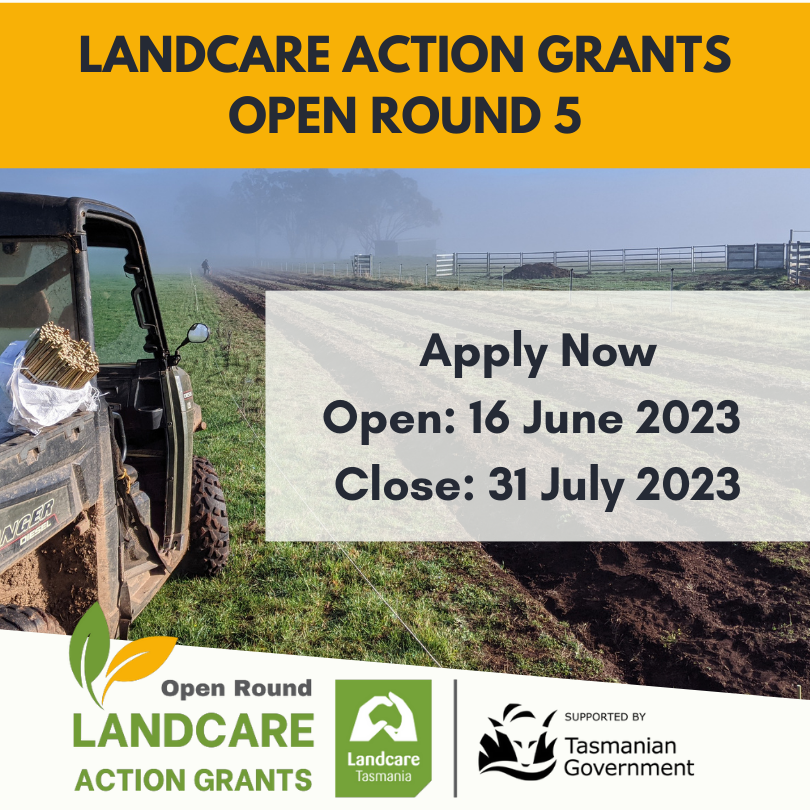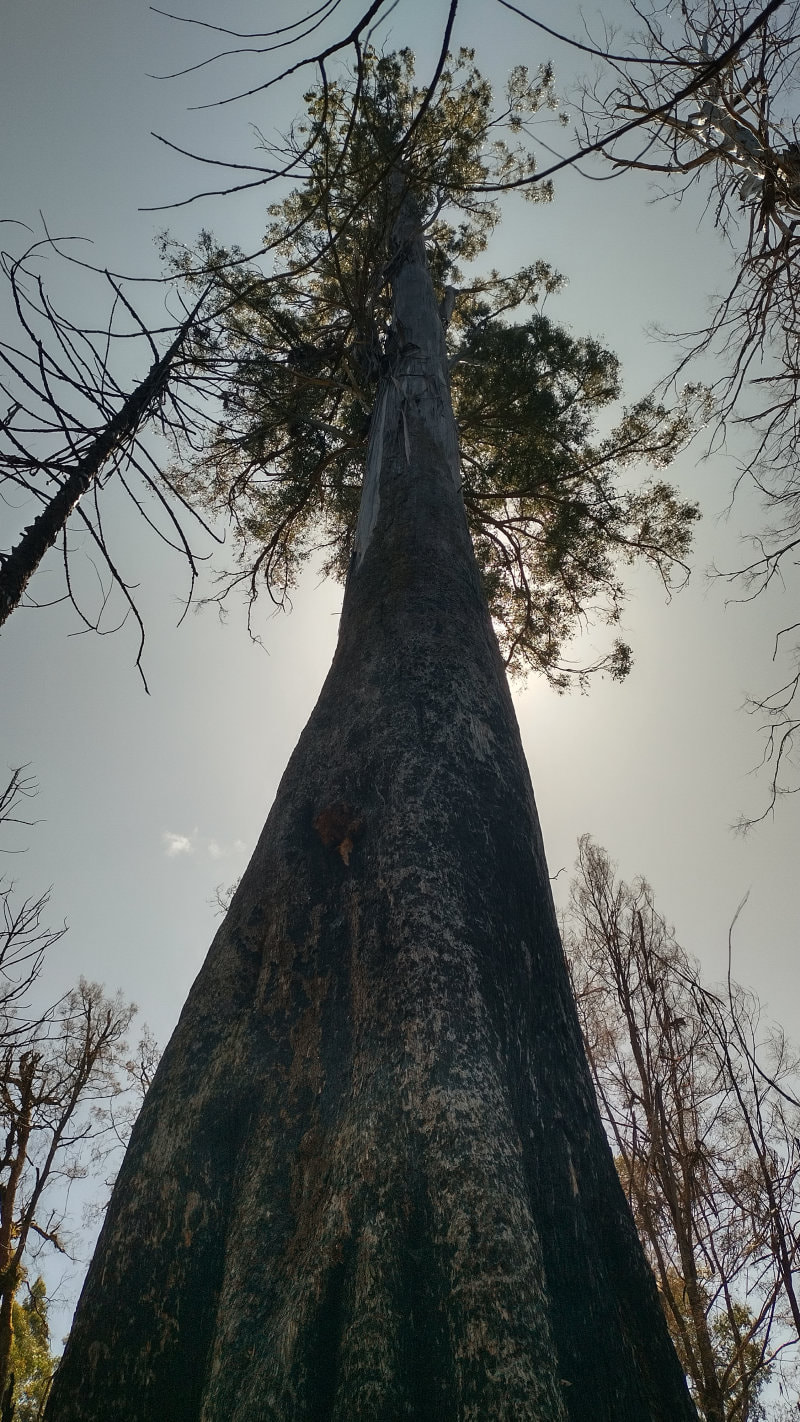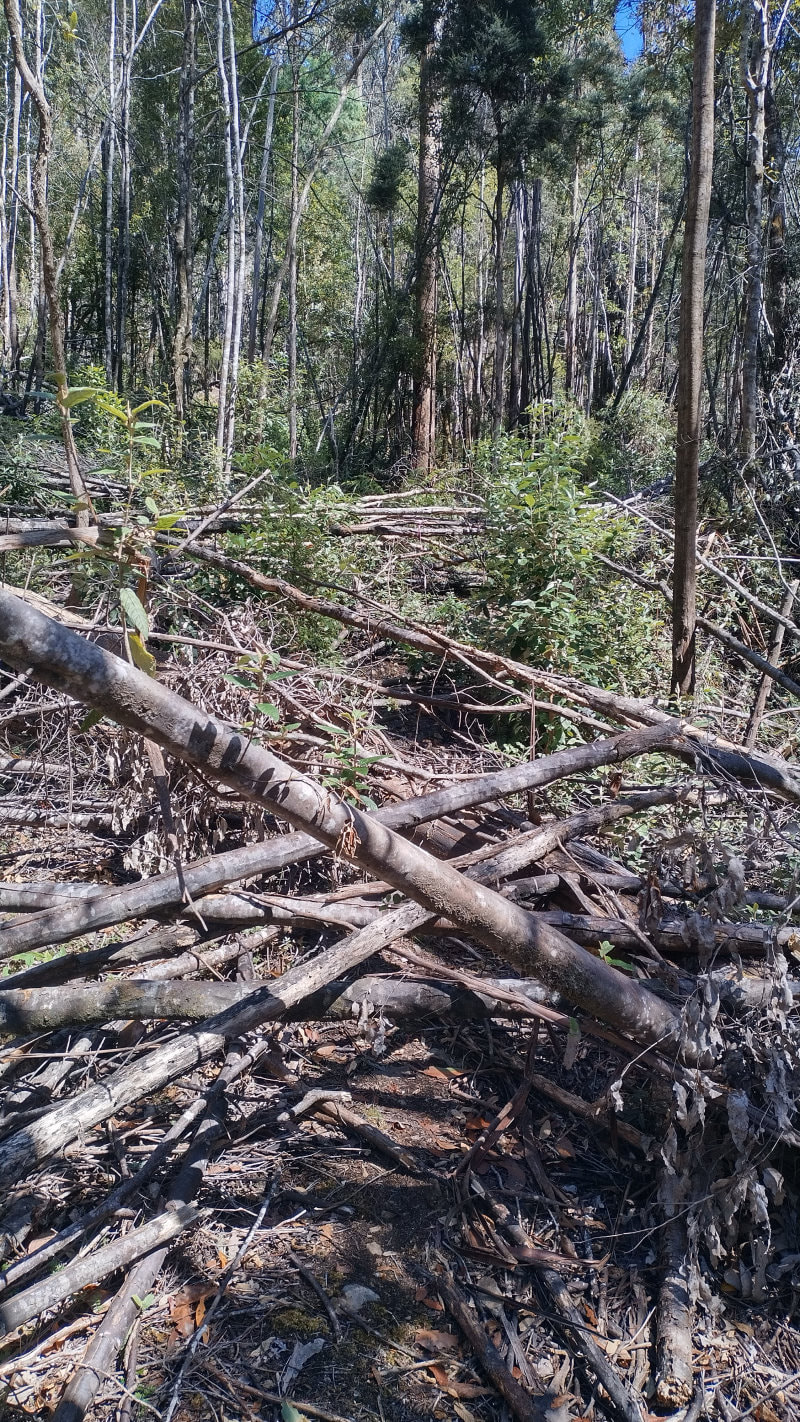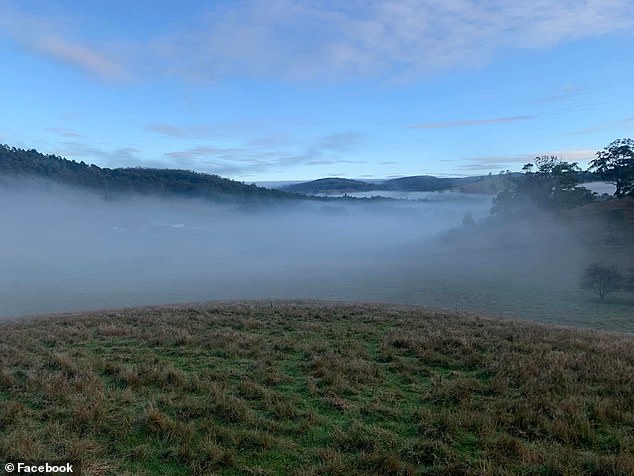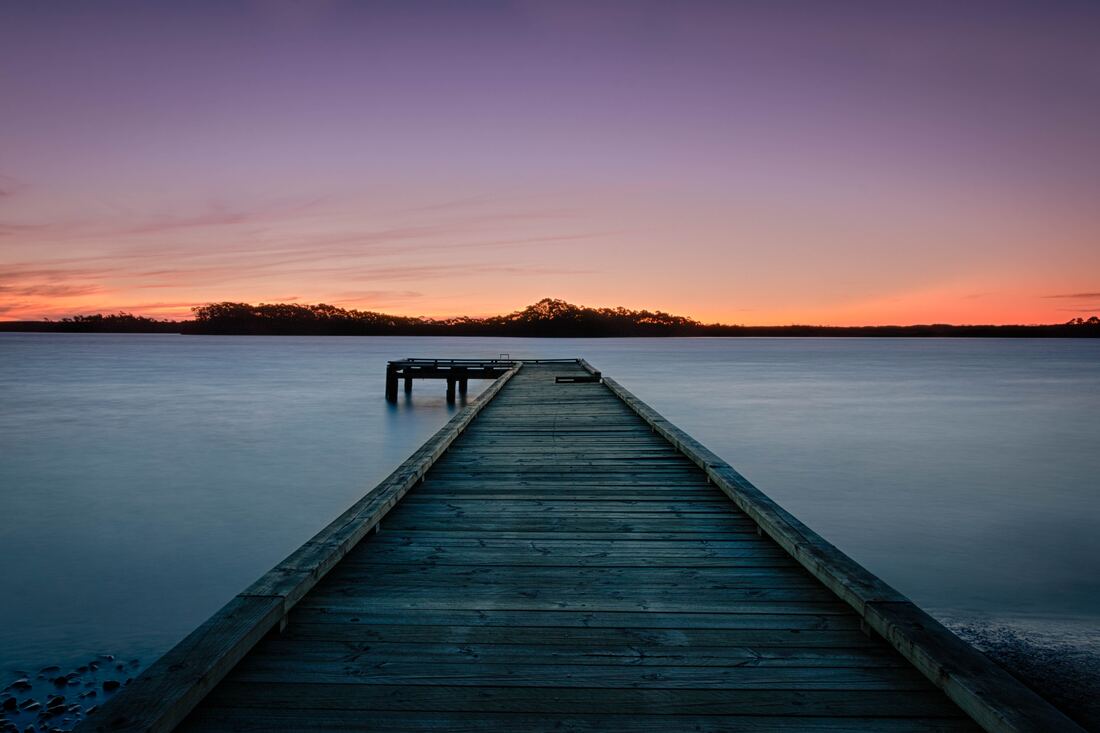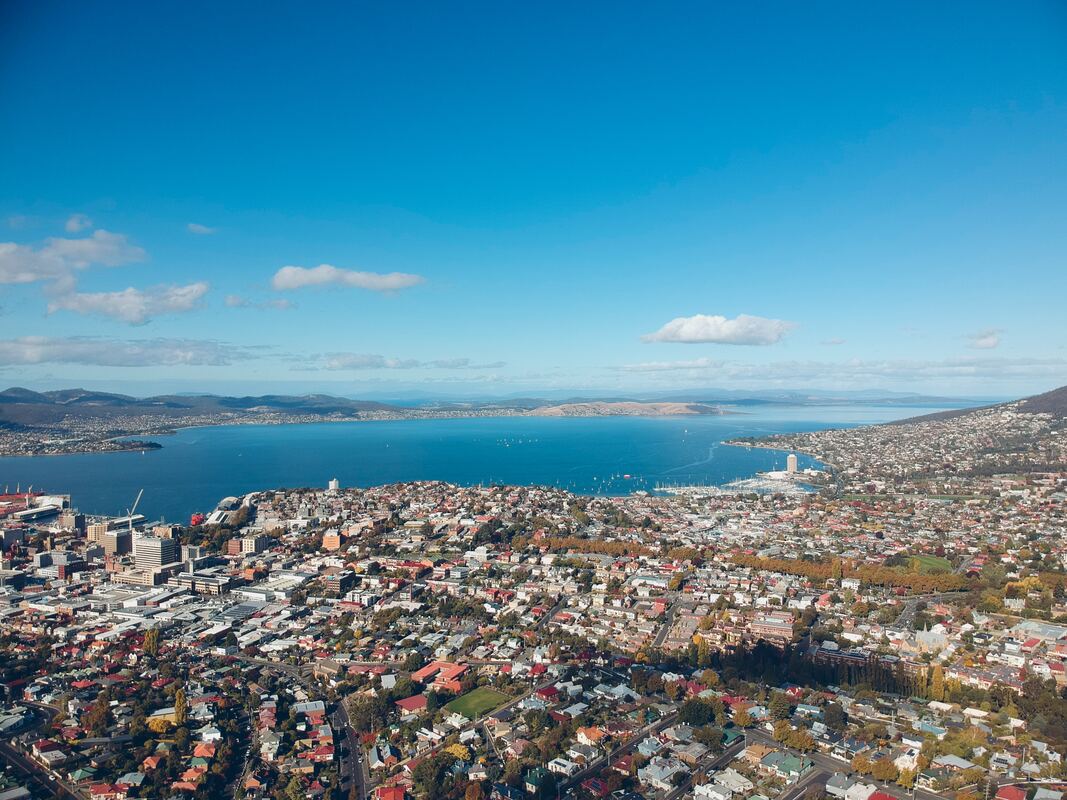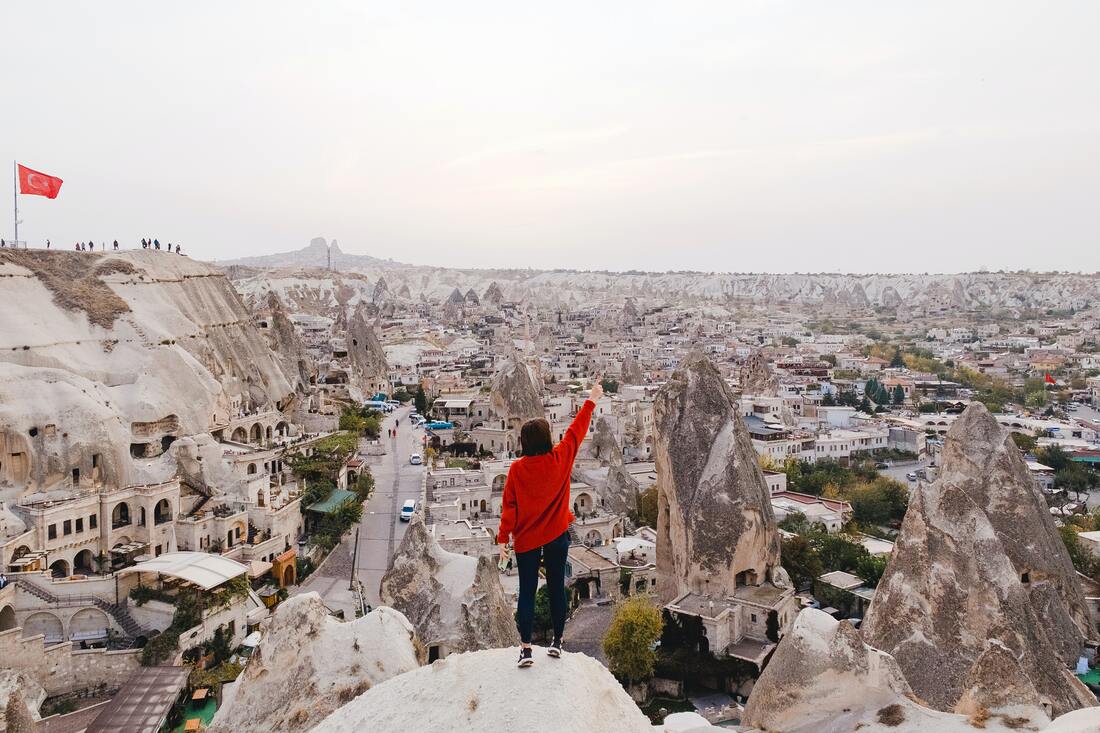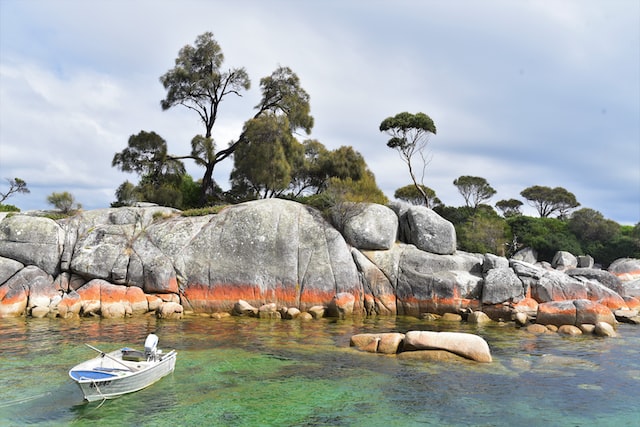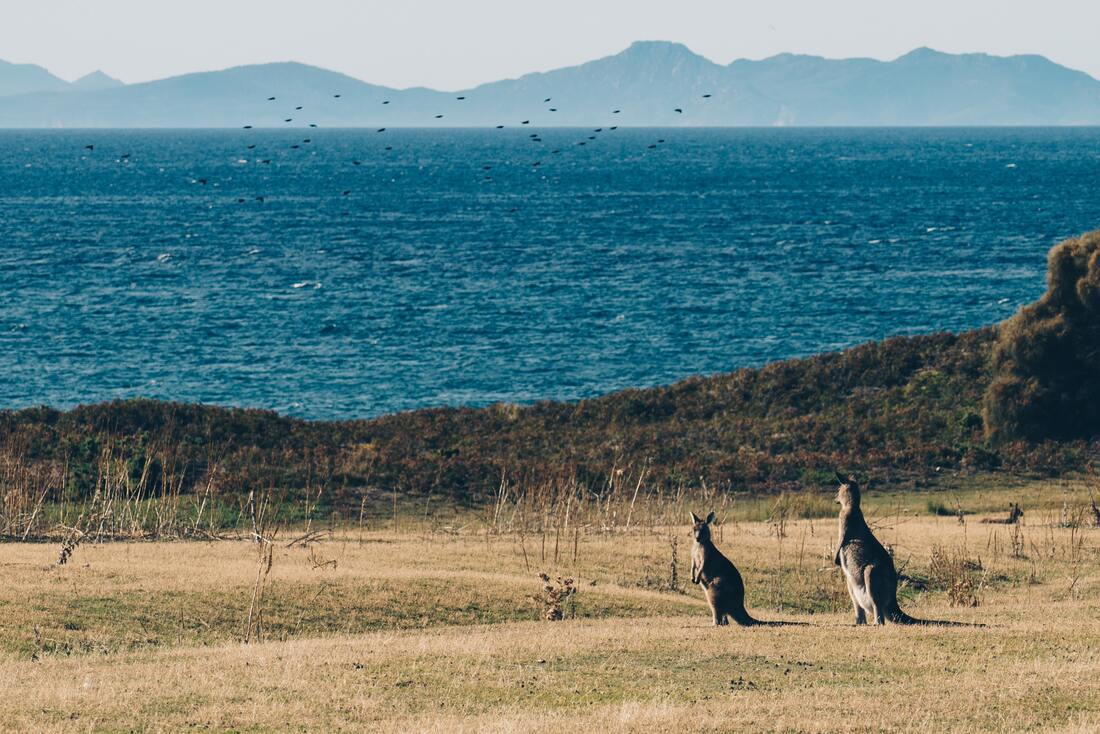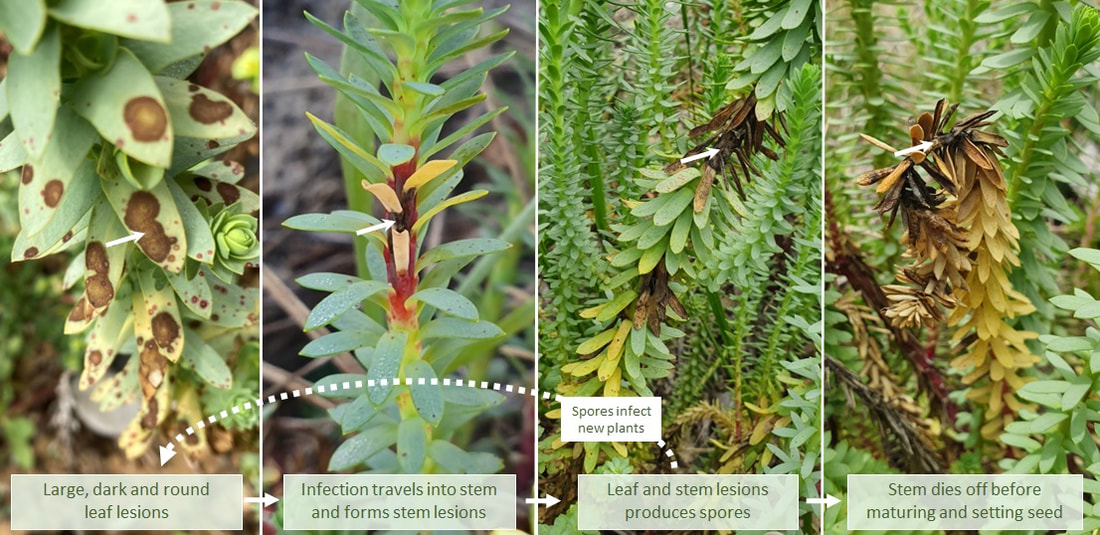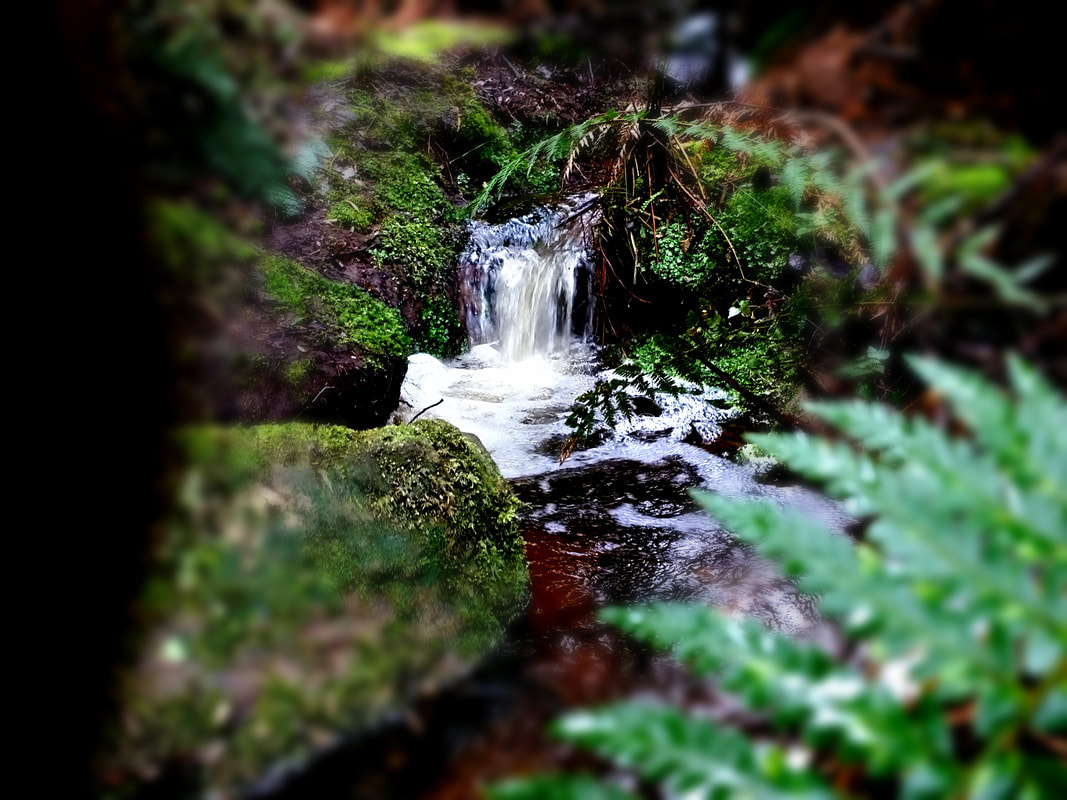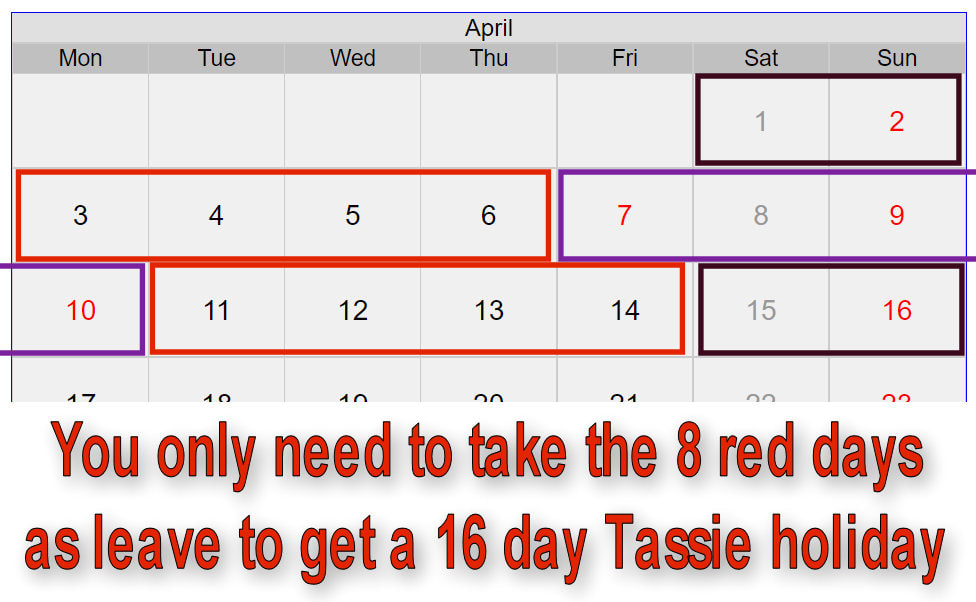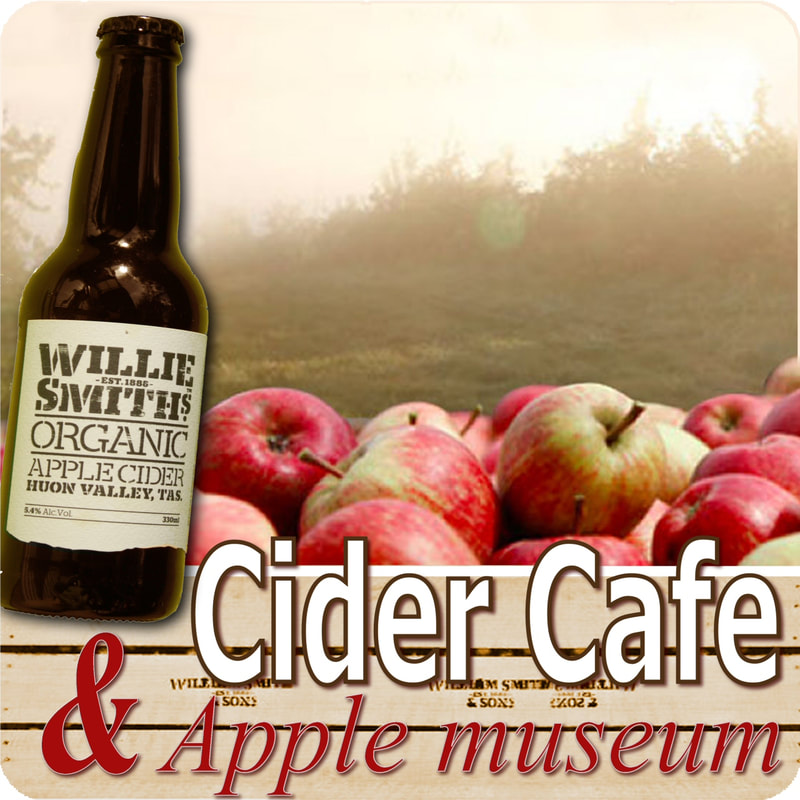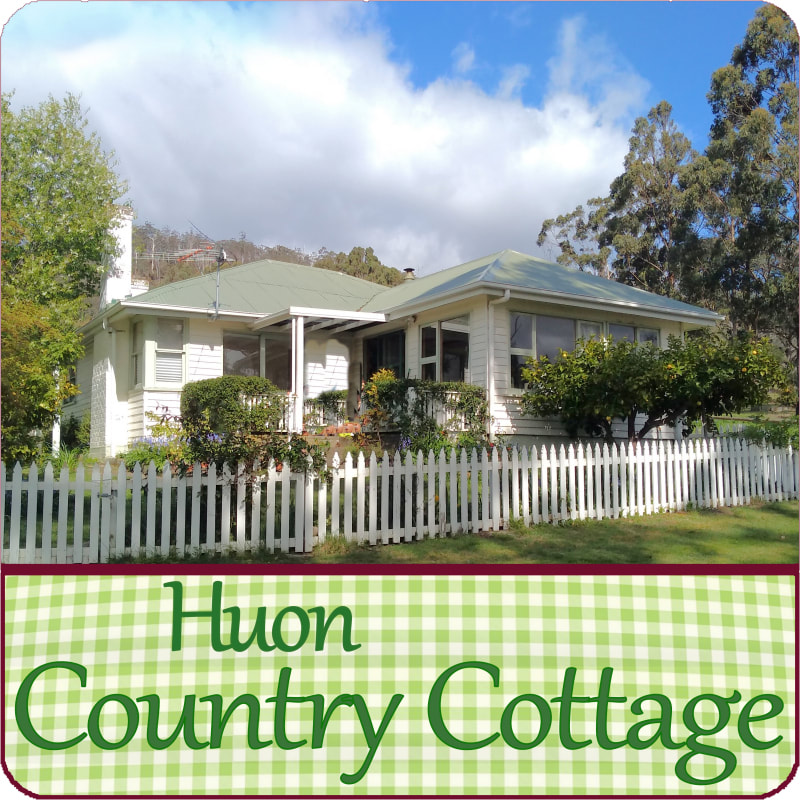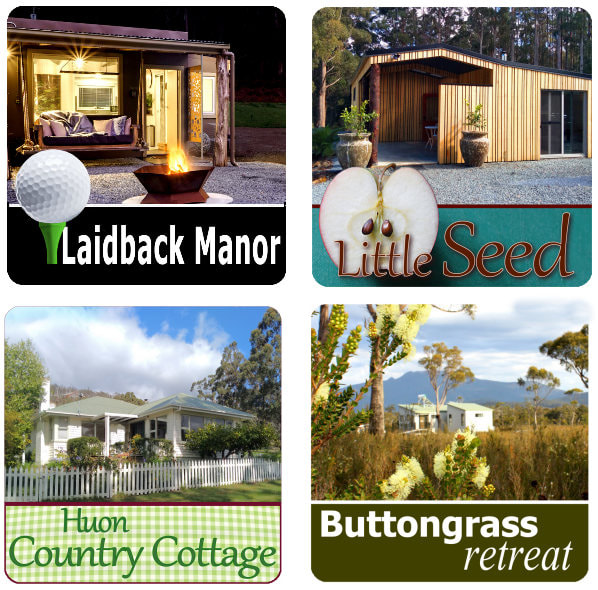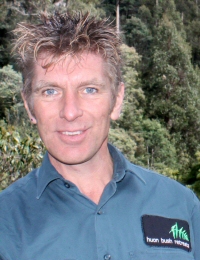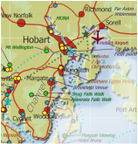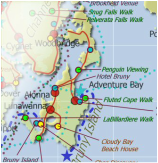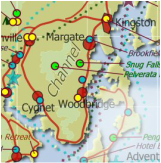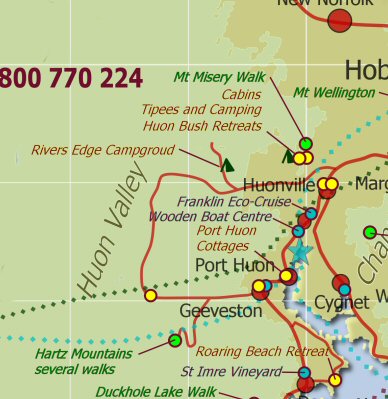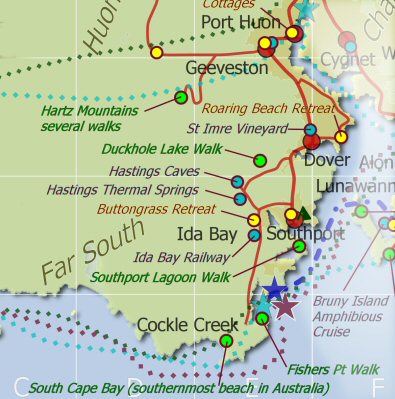Outdoor camping is an excellent way to connect with nature, friends and family, and reset the good old button otherwise known as ‘life’. But as we’re into the thick of autumn, you might be wondering how you can stay warm while camping?
Well, fear not – because this helpful article will cover everything on how to stay cosy on colder nights. Read on to learn more.
By investing in some outdoor cookware for camping, you can warm the cockles by eating a hearty, camp-cooked meal. There are a variety of different pots, pans and utensils all suited for camping, where you can make your favourite, filling meals while you’re in the wilderness. It’s pretty easy to fry up some meat, steam some vegetables or otherwise prepare a well-cooked meal loaded with carbs.
You can also purchase ‘heat-and-eat’ pouches from the supermarket, and powdered, microwavable or ‘just add boiling water’ varieties of high-energy foods you didn’t know were possible to come in sachets… sweet potato, we’re looking at you. Hot food will go a long way towards warming you up, so whatever style of over the fire cooking suits you best, follow that to your heart’s (and stomach’s) content!
Get A Good Sleeping Bag
A great sleeping bag is your first port of call when planning an overnight camping trip where you’ll need to stay warm. You’re going to need a sleeping bag that is suited to the conditions of the season — so do your research prior and don’t get any old material. For instance, some sleeping bags are suitable for temperatures below zero and others are more lightweight and are better used in summer.
For autumn, you might want to check the overnight forecast of your destination and choose a sleeping bag that suits the minimum temperature it drops to overnight. Nights can be unusually mild in Autumn, or can feel like the depths of winter depending on where you’re camping, so come prepared.
If you camp out all year round, you may find yourself with a sleeping bag for each season. It’s better to be warm in winter and comfortable in summer, rather than find yourself struggling to stay toasty or cool enough.
Enjoy The Campfire
Another way to stay warm on colder nights while camping is to build a fire once you’ve set up a base for the night. You should be mindful of fire bans or fire restrictions on the campsite. You can dig a small fire hole or create a ring of stones and set your kindling up in there. It may be worth researching how to start a fire from scratch if you’re inexperienced, but once you’ve done it a couple of times, it’s quite easy to remember.
Gathering around a fire is an activity as old as humanity itself, and a well-built campfire will keep the entire party warm and cosy as you enjoy a cuppa and a chat.
Dress Appropriately For The Weather
The importance of proper outdoor clothing cannot be understated when camping in autumn. You want to have the right clothing that will keep you warm, but comfortable. Thermal leggings and lightweight base layers are an excellent idea, as you can wear them before bed, during the cold nights and mornings, and then take them off and store them in your tent as you enjoy the day’s sun, without adding too much excess weight to your backpack.
Invest In A Camp MattressA good quality camp mattress will insulate you from the cold ground and give you a comfortable bed to sleep on during your autumn camping trip. You have a few options here, with roll-up, inflatable, self-inflatable and other camp mattress models available.
What you choose will depend on the size of your tent, the amount of storage space it will take up in the car, and your preferences for sacrificing comfort on your walk, or when you’re sleeping. A self-inflatable mattress is a great idea, as you don’t have to stress about manually inflating it or messing about with an air pump.
Bring A Hot Water Bottle
The humble hot water bottle can’t be understated as an excellent way to keep warm at night while camping in autumn. Heat some water with your camp cooking equipment, and fill it with hot, but not boiling, water. Then, put it in your sleeping bag around your stomach, or on your lap as you sit outside. It will work well to heat up your entire body and keep you warm during the night.
Autumn Camping – In Conclusion
Camping in autumn presents beautiful golden colours, and a release from oppressive summer heat (and unwanted flying insects!) that can put you off spending a night or two under the stars.
This helpful article has shared all that can keep you warm when outdoor camping in autumn, and how you can stay cosy and continue grilling on those colder nights. Follow these tips for a comfortable camping trip, and make sure to have fun and embrace the beauty of the outdoors!

